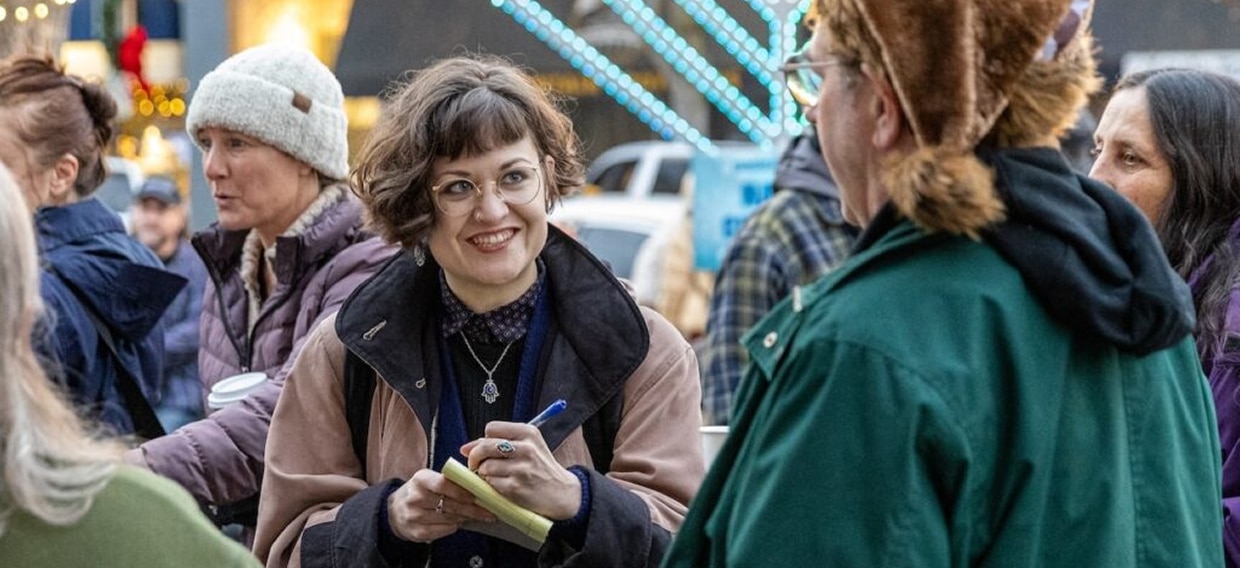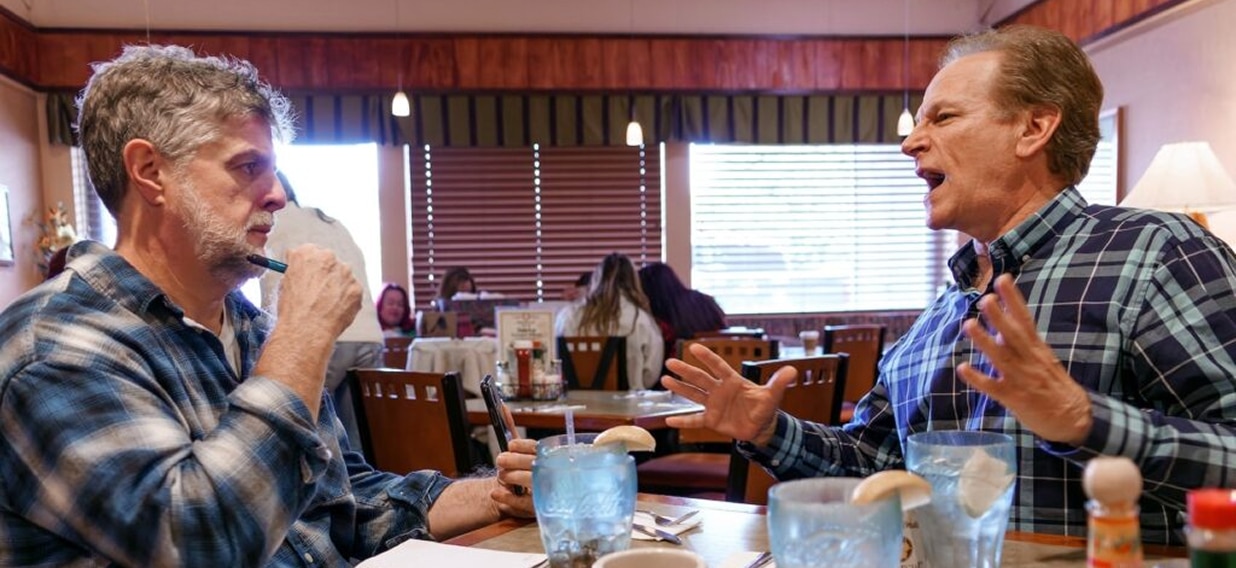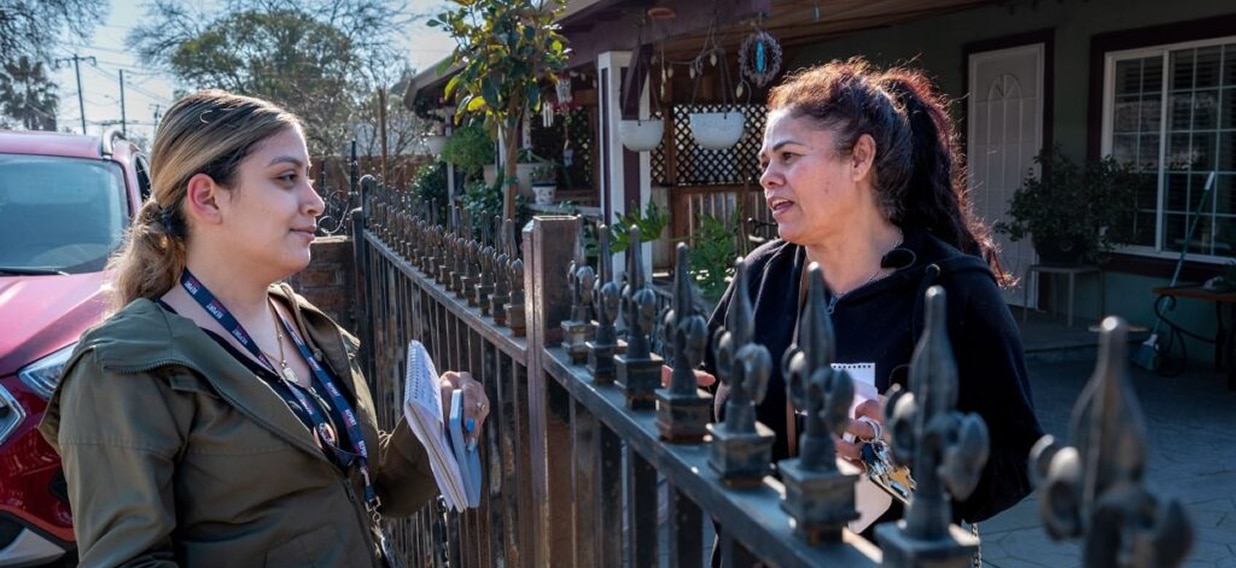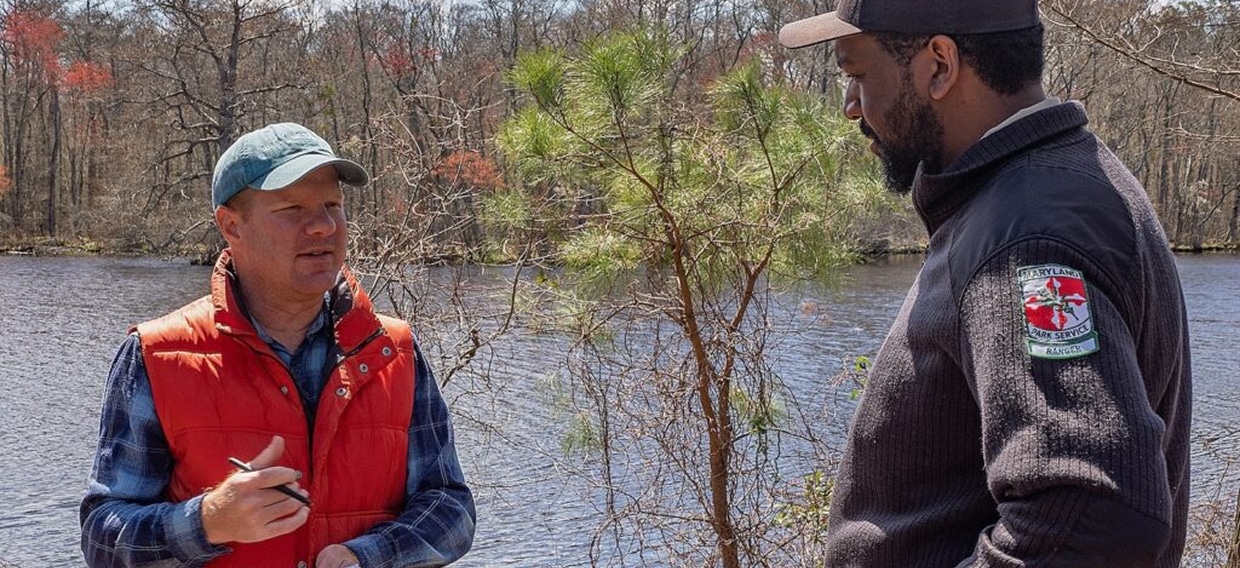I applied for the Emerging Leaders Council (ELC) at the Institute for Nonprofit News about a year after my partner and I co-founded Prison Journalism Project, an independent, non-partisan, national initiative that trains incarcerated writers to become journalists and publishes their stories. We started our online publication in the height of the pandemic to record the COVID-19 experiences of people in prison.

To start recruiting writers, we put up a single notice in Prison Legal News, a print publication widely read in the incarcerated community. The response was so great that we were soon flooded with submissions, and we expanded our topic areas so our writers could address other aspects of prison life and the realities of being inside the criminal justice system.
As an all-volunteer start-up, we spent that first year reaching out to writers and creating an editorial process that leaned heavily on volunteers. We published hundreds of essays and articles from across the country, but our readership was tiny, and it was clear audience growth had to be our next focus. This became my project for the Emerging Leaders Council — a program INN developed to support people like me with journalism experience who are growing in nonprofit news leadership roles.
My years as a reporter for major news outlets taught me many things, but building an audience from scratch wasn’t one of them. So when INN paired me up with coach Brian Hiatt, who is marketing and membership director at Mother Jones, we started from the very beginning by creating a strategic plan.
Using an old Mother Jones strategic plan as a model, I was able to pull together a 6-page document that articulated our organizational, publication and audience goals, and laid out specific categories of constituents and the action we wanted from each of them. For example, we knew we wanted to draw readers who cared about criminal justice but weren’t impacted by the system themselves. The creation of the plan helped us put that goal in a bigger context — we didn’t just want them to be readers, we wanted them to be our ambassadors, share our stories with their friends and support us through volunteer work or small contributions.
The next step was to create specific strategy goals for the next year. This was where Brian’s years of experience had a transformative impact. Taking our limited resources into consideration, he helped come up with an action plan and advised us pointblank to focus singularly on growing our newsletter list because it was the most powerful tool we had to grow a loyal readership. Brian gave us specific to-do recommendations such as increasing our newsletter schedule to two per month instead of just one, and introducing a welcome message. I particularly appreciated that he made sure our plan fit in the context of our larger organizational goal to raise funds, strengthen our organization, and produce stories that resonated outside the criminal justice echo chamber.
Once we had a plan, the next step was beginning implementation, and we were extremely fortunate that our fiscal sponsor, Penn State University, offered to run a two-week crowdfunding campaign for us at just that moment.
Brian guided me through the step-by-step process of developing an email, newsletter and social media campaign, allowing us to create a template in preparation for the NewsMatch fundraising program later in the year. His advice and mentorship was crucial especially when our campaign unexpectedly went viral after our supporter and friend Wesley Lowery tweeted about us.
By the end of ELC, I had a strategic plan to guide us through the next year, a template for how to run a crowdfunding campaign and a second newsletter that took our readers and supporters behind the scenes into how we worked with our incarcerated writers and reporters. We were also able to test drive the crowdfunding template in real-time, raising $47,000 in two weeks, which was more than quadruple our target of $10,000.
Here are some of my key takeaways from my work with Brian Hiatt:
- Overall Strategy: Think about organizational branding and messaging alongside audience strategy. You can’t do the latter without the former.
- Newsletter Strategy: Asking supporters to sign up for the newsletter is a good relationship builder before you ask for money. People also like learning how organizations do what they do, so don’t be afraid to show your process and be authentic.
- Fundraising Strategy: Effective fundraising can be a relationship builder. Prewriting and pregaming works just as effectively as it does in journalism, so plan and write out your approach for each of your constituents in advance. Know that some people don’t donate because they are interested in donating bigger amounts of money, and some people donate a small amount of money but have an ability to donate a lot more. Some of the most meaningful relationship building takes place when you send a heartfelt thank you. Asking your community to participate in the campaign can strengthen your relationship with them too.
Nonprofit news is growing, and so is demand for people with the vision and skill to lead our field. INN is committed to building and empowering this next generation through programs including the Emerging Leaders Council. Applications for the 2022 cohort will open in March 2022.
Coach’s note from Brian Hitt, marketing & membership director, Mother Jones:
What an incredible program! An ELC alum myself, I jumped at the opportunity to help coach up Yukari and the Prison Journalism Project and Nissa Rhee of Borderless. Both publications, and many others, are at such an exciting juncture: With compelling missions, impactful reporting that fills a gap, and a demonstrated strong proof of concept — they’re now ready to take it to a broader audience.
Putting an audience strategy together isn’t the sexiest project a growing newsroom could do, but identifying organizational goals, key segments, what you hope they’ll do, and how you’ll invite them to do it is an important first step. It isn’t rocket science, and applying membership best practices alongside each organization’s inspiring story and committed leaders showed the potential it can unlock: In Yukari’s case, quadrupling their first fundraising campaign’s goal, and in Nissa’s, helping form the backbone of grant applications.





